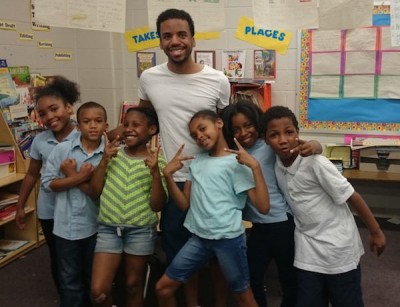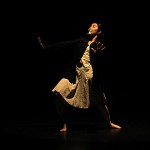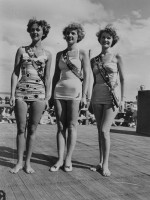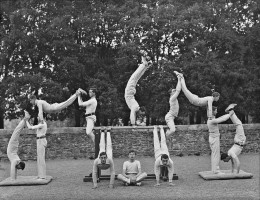Former contributor, Roger Lee shares why he’s starting a multi-disciplinary arts training center for youth in Philadelphia, how he’s marketing it, and how he’s balancing it with the direction of his dance company.
arts education
Creating Classroom Choreography with Purpose
There are three major strands through which we experience dance: Create, Perform, and Respond. Heather describes how she’s been addressing these with her K-12 dance elective students to create a window into their depth of knowledge and to cultivate expression.
Measuring Success: Data Driven Dance
Dance educator, Heather Vaughn Southard, encourages tests that go beyond pencil, paper, and even presentation as she outlines ways to assess program philosophy, performance goals, teaching methods, class achievement, and individual student growth.
Let’s Talk Arts Integration: Defining What You Do
Have you ever danced about the water cycle? Did you learn anything about dance? If not, then your science education was enhanced by dance not integrated with it. Heather gives examples of how dance might be integrated with other subjects and some tips on collaborating with another teacher.
Happy Slips: Using Competition to Internalize Good Habits?
Heather had mixed feelings about the “Happy Slips” reward system she established in her elementary school dance program, however, a small change that has kids “competing” for slips seems to encourage more personal responsibility in her classes. Learn more about what’s working for Heather.
Acknowledging the Person Before the Dancer
Sometimes as educators we get caught up in the act of teaching and forget the people we are mentoring. Unless the children you have in your studio have a reason to connect to your material, the extent of your reach will be limited and your influence fleeting. Heather provides insight to help you structure your class as a guided experience rather than a traditional lesson plan.







